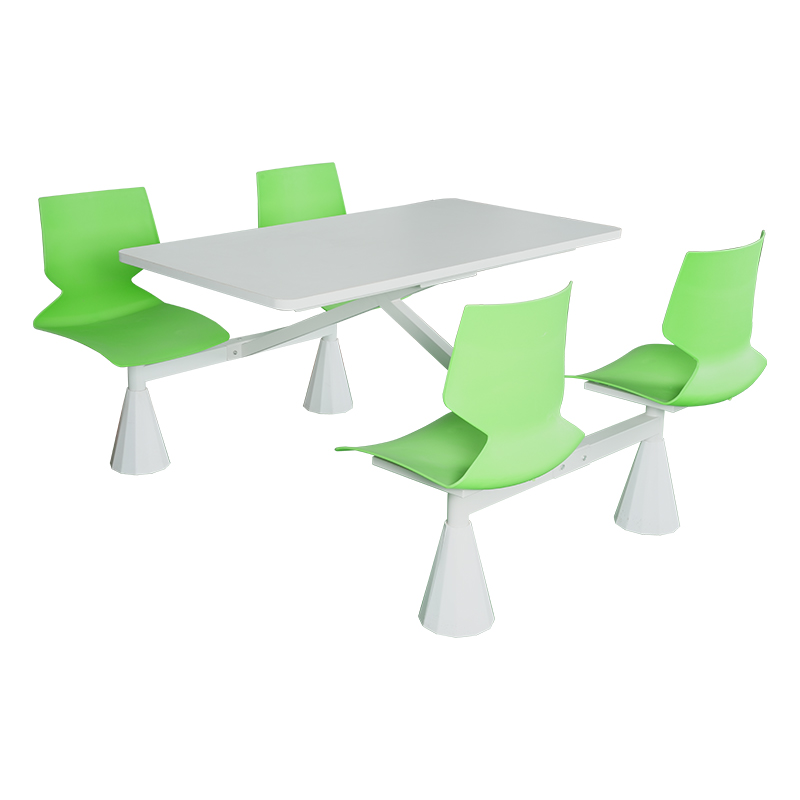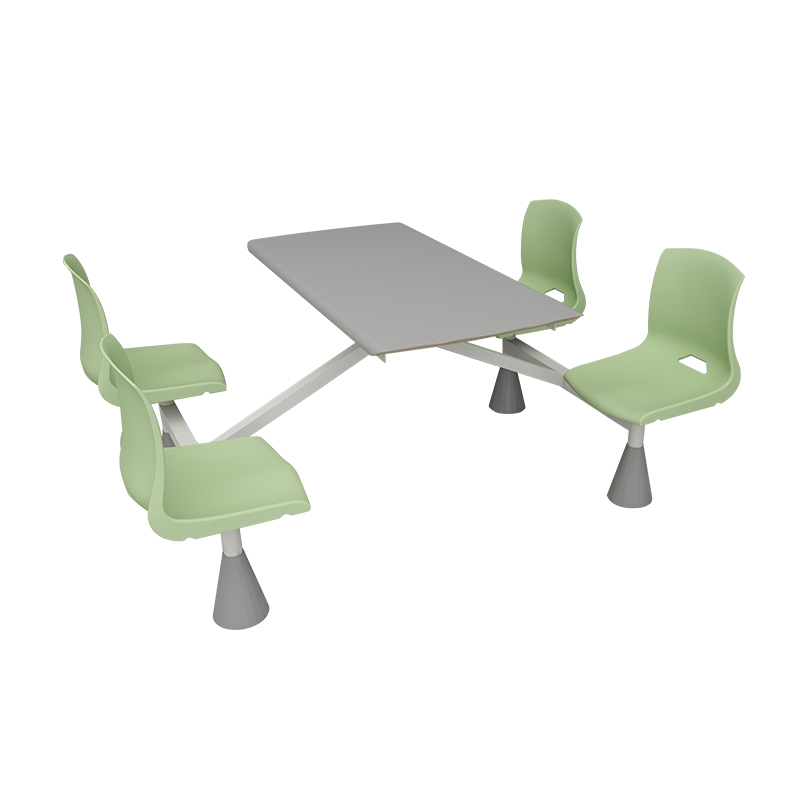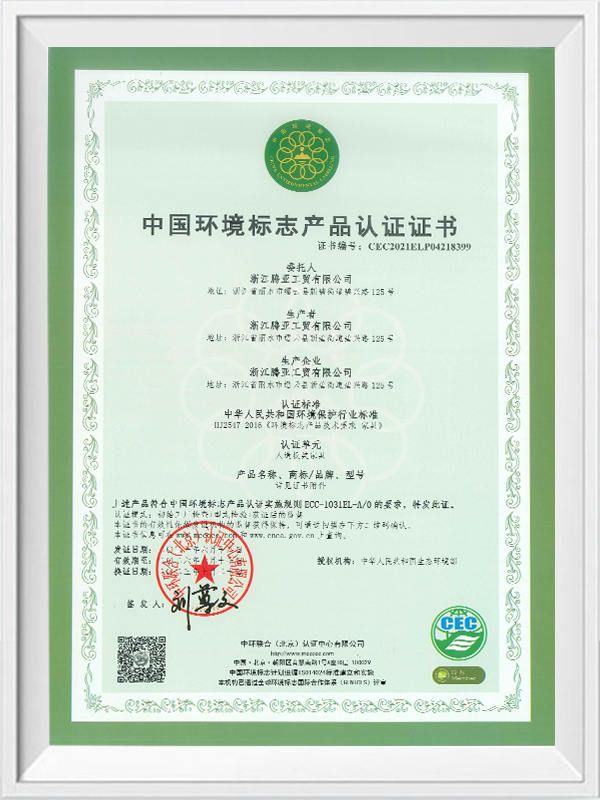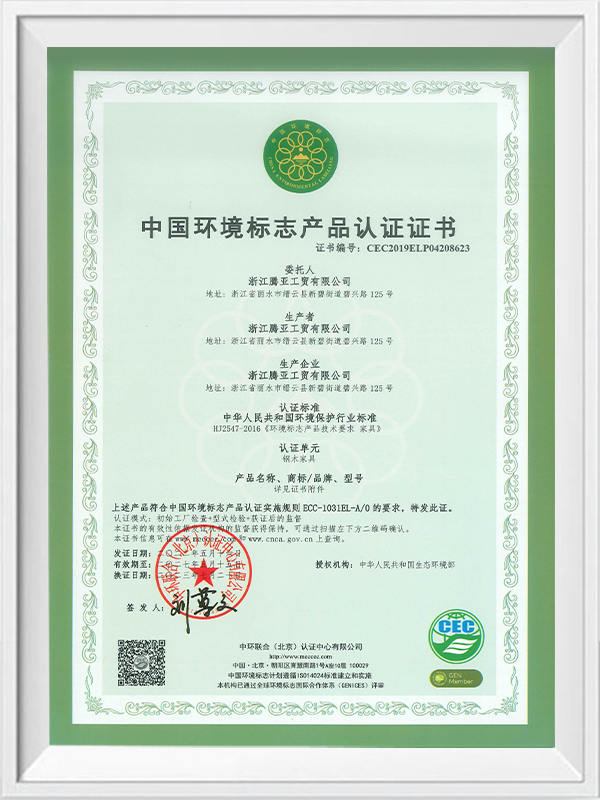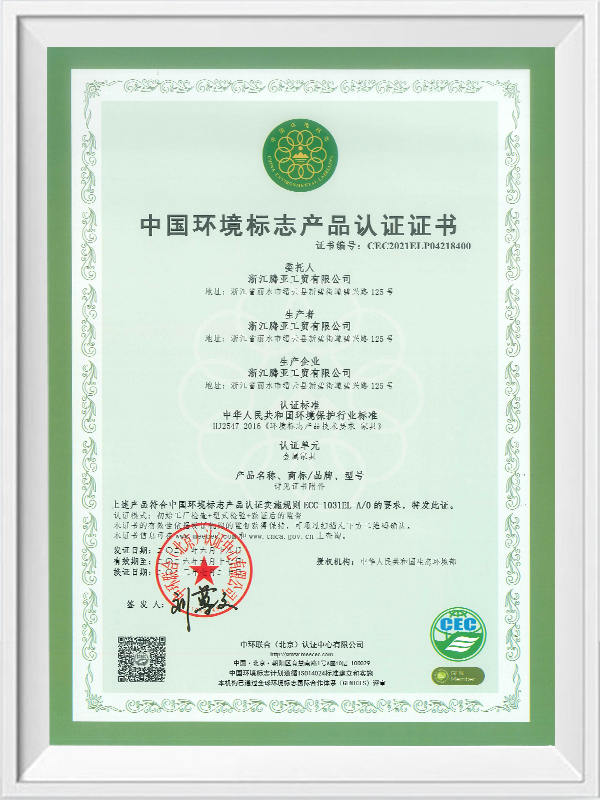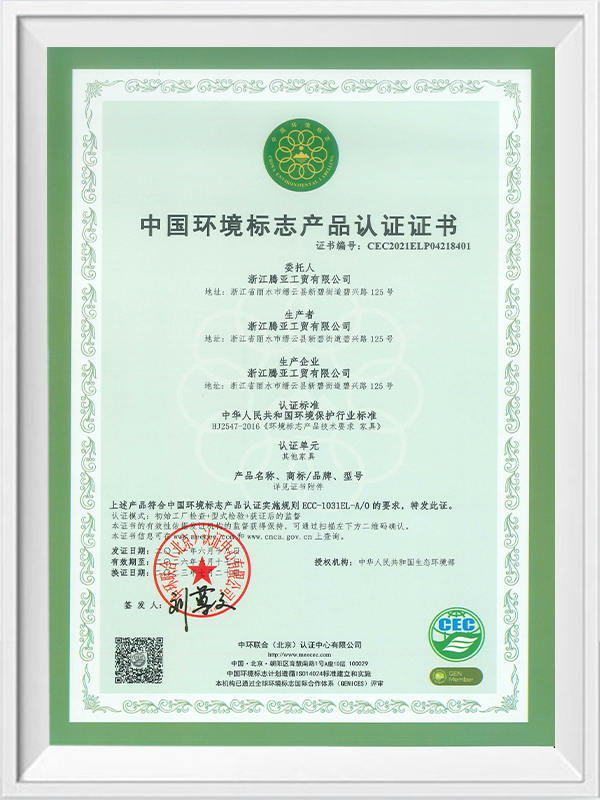The Price of Cafeteria Tables: School Dining Table & Chairs
The price of cafeteria tables and school dining table & chairs is influenced by several key factors, including materials, design, size, and functionality. Schools must consider both their budget constraints and the quality standards required to meet the needs of students and staff when making such purchases.
Typically, basic cafeteria tables with attached benches or stools can range from moderately priced to higher-end models, depending on their construction. Tables made with heavy-duty steel frames and durable laminate tops tend to cost more, but they offer longer-term value due to their strength and ease of maintenance. Foldable or mobile units with wheels for convenient storage also add to the price but can be worthwhile for multipurpose use.
The size and seating capacity of the table also play a significant role in cost. Larger tables that accommodate more students naturally require more materials and are priced accordingly. In contrast, smaller round or square tables suited for intimate or small-group dining tend to be more affordable.
Additionally, features like anti-microbial surfaces, scratch resistance, and edge protectors for safety can raise the overall cost but are important for school environments where hygiene and durability are priorities. Custom colors or branding options, while not essential, may also influence pricing for schools aiming to align furniture with institutional colors or themes.
Types of Student Dining Furniture
Student dining furniture is available in a variety of types to accommodate different school environments, dining hall sizes, and age groups. The choice of furniture can significantly influence how effectively a space is used and how comfortable the dining experience is for students.
One common type is the rectangular cafeteria table with attached seating, such as benches or stools. This design is space-efficient and promotes easy cleaning and organization. It is often used in primary and secondary schools where seating capacity is essential during lunch hours.
Folding lunch tables are another popular option, particularly for schools that use the cafeteria for multiple purposes. These tables are designed to fold in half and often come with wheels, allowing quick and efficient setup, storage, and transport. They are ideal for multi-use spaces like gymnasiums or assembly halls.
For smaller groups or a more relaxed dining experience, round or square tables with separate chairs are used. This type promotes conversation and social interaction and is commonly found in secondary schools or staff dining areas. Its also suitable for schools that value flexibility and comfort over capacity.
In younger educational settings like kindergartens, child-sized plastic or wood tables and chairs are often used. These are designed for safety, ease of cleaning, and appropriate proportions for small children.
Service Life of Lunchroom Tables for Schools
The service life of lunchroom tables for schools largely depends on the materials used, the quality of manufacturing, the intensity of daily use, and the level of maintenance performed. On average, well-constructed school lunchroom tables can last anywhere from 10 to 20 years with proper care.
Tables built with powder-coated steel frames and high-pressure laminate surfaces tend to offer the longest lifespan. These materials are resistant to impact, moisture, and daily wear, making them ideal for environments where furniture is heavily used and subject to frequent cleaning. Additionally, protective features such as reinforced edges and anti-tip designs can extend the service life by preventing common forms of damage.
Another factor influencing longevity is design functionality. Tables with foldable or mobile parts, while convenient, may have moving components that wear out more quickly if not regularly maintained. Proper lubrication of wheels, tightening of bolts, and occasional replacement of hardware can significantly improve their usable life.
Environmental factors also matter. Lunchroom tables exposed to constant moisture, rough handling, or outdoor conditions (if used externally) may degrade faster than those kept in stable indoor environments. Therefore, consistent cleaning with non-abrasive products and storing mobile tables correctly can contribute to their durability.


 English
English русский
русский Español
Español عربى
عربى